What is a VPN Tunnel: A Detailed Explanation


Did you know that over 26% of internet users rely on VPNs for various purposes? In an era where digital security is no longer a luxury but an absolute necessity, not understanding the intricacies of a VPN tunnel can leave you exposed to numerous online threats. In this article, we'll delve into the world of VPN tunnels, leveraging my 15 years of experience in the tech industry to guide you through this complex yet essential digital tool.
What Is a VPN Tunnel?
A VPN tunnel, or Virtual Private Network tunnel, is a secure pathway for data to travel over the internet.
It's like a private highway in the midst of public roads, ensuring your data remains confidential and untouched.
So, how does it work?
Well, it uses encryption to disguise your data, making it unreadable to anyone who might intercept it.
This is crucial in an age where data breaches and cyber threats are on the rise.
Moreover, a VPN tunnel can also mask your IP address, adding another layer of privacy.
In essence, it's your personal, secure conduit in the vast digital universe, so choose your VPN provider with care.
What Is VPN Split Tunneling?
VPN split tunneling is a fascinating feature.
It allows you to route some of your device's traffic through a VPN, while the rest accesses the internet directly.
Think of it as a highway with multiple lanes.
Some lanes, representing your VPN, are private and encrypted.
Others, symbolizing your direct internet connection, are public.
This setup offers flexibility and control over your internet data.
For example, you can use a VPN for work-related tasks, while streaming videos directly.
Remember, though, the non-VPN traffic isn't encrypted.
It's a trade-off between security and speed or bandwidth.
VPN tunnel security
Can they be hacked?
Indeed, VPN tunnels can be hacked, though it's not an easy task.
The encryption used in VPN tunnels is typically strong, making it challenging for hackers to break through.
However, if a VPN service doesn't follow proper security protocols, vulnerabilities can occur.
For instance, if outdated encryption methods are used, or if user data isn't handled securely, a hacker could potentially gain access.
Also, a weak point could be the user's device - if it's infected with malware, a hacker could intercept data before it enters the VPN tunnel.
How to test a VPN tunnel?
Testing a VPN tunnel isn't as complex as it sounds.
Firstly, you need to ensure your VPN is properly set up.
Then, try accessing a geo-restricted website.
If you can view it, your VPN tunnel is working effectively.
For a more technical approach, you can use a 'traceroute' command.
This command helps you observe if your data is passing through the VPN server.
How Does VPN Tunneling Work?
Ever wondered, what is a VPN tunnel?
Well, it's a secure pathway created between your device and a VPN server.
Think of it as a secret tunnel, only you can access.
When you send data over the Internet, the VPN tunnel encrypts it.
This encryption ensures that no one else can see your data.
4 Types of VPN Tunneling Protocols
There are four primary types you should know about.
1. Point-to-Point Tunneling Protocol (PPTP)
Point-to-Point Tunneling Protocol, or PPTP, is one of the types of VPN tunneling protocols.
It's a method that's been around since the late 90s and is known for its simplicity and speed.
However, it's worth noting that while PPTP is fast, it's not the most secure.
It uses 128-bit encryption, which is lower than some other protocols, and has been known to have vulnerabilities.
But, for basic browsing and low-risk activities, PPTP can still be a viable option.
2. L2TP/IPSec
L2TP/IPSec is a type of VPN tunnel that combines two protocols to provide a high level of security.
Layer 2 Tunneling Protocol (L2TP) creates the tunnel, but doesn't offer any encryption.
That's where Internet Protocol Security (IPSec) steps in - to encrypt the data.
Together, they ensure your data travels securely from one point to another.
However, this combination can lead to slower connection speeds due to the double encapsulation.
Despite this, L2TP/IPSec remains a popular choice for its balance between security and performance.
3. SSTP
SSTP, or Secure Socket Tunneling Protocol, is a type of VPN tunnel that provides a secure connection.
It uses SSL 3.0 and can bypass most firewalls.
Because it's integrated into Windows, SSTP is a popular choice for many users.
However, being proprietary to Microsoft, it may not be the best option if you're using a different operating system.
The strength of SSTP lies in its ability to provide a high level of security, yet it's not as fast as some other VPN tunnel protocols.
4. OpenVPN
OpenVPN is a type of VPN tunnel that provides a balance of speed and security.
It utilizes SSL/TLS for key exchange, ensuring your data is encrypted and secure while being transmitted over the internet.
What sets OpenVPN apart is its adaptability.
It can traverse firewalls and NATs, making it a reliable choice for many users.
Additionally, OpenVPN's open-source nature means it's continually improved by a community of security-conscious developers.
However, it may require third-party software and can be slightly more complex to set up than other VPN protocols.
VPN split tunneling
VPN split tunneling is a fascinating feature.
It allows you to direct some of your internet traffic through a VPN while letting the rest access the internet directly.
Sounds confusing?
Well, think of it as having a private lane on the internet highway that only you can use.
This way, you can access local and foreign services simultaneously.
And the best part?
Your internet speed remains largely unaffected.
It's a balance of security and convenience, a testament to the versatility of VPNs.
What is encapsulation?
Encapsulation is a fundamental concept in VPN tunnels.
It's the process of wrapping data packets in a new packet to be transported safely over the internet.
Think of it as a protective layer, a cocoon if you will, that keeps your data secure from prying eyes.
This 'encapsulation' happens at your device, before the data even begins its journey across the internet.
It's one of the key reasons why VPN tunnels are so effective at maintaining privacy and security online.
What is a VPN tunnel?
A VPN tunnel, what is it exactly?
Well, it's a secure, encrypted pathway created over the internet between your device and the network you're connecting to.
In essence, it's a private highway in the vast expanse of the internet.
This 'tunnel' ensures your data remains confidential and safe from prying eyes.
Think of it like a secret passageway, only you and the intended recipient know of its existence.
What is split tunneling?
Split tunneling is a fascinating feature of VPN tunnels.
In essence, it allows you to route some of your online traffic through the VPN, while the rest accesses the internet directly.
Why is this useful?
Well, it can significantly improve your internet speed.
At the same time, it lets you access local network resources even while using a VPN.
How does packet encapsulation work?
Packet encapsulation is a key process in VPN tunneling.
It's the wrapping of data in a particular protocol header.
You see, when data is sent through a VPN tunnel, it needs to be secure.
That's where packet encapsulation comes in handy.
It hides the data, keeping it safe from prying eyes.
Think of it like a letter in an envelope, the envelope is the encapsulation protecting the letter.
This process is what keeps your data secure in a VPN tunnel.
What is GRE tunneling?
GRE tunneling, or Generic Routing Encapsulation, is a communication protocol that encapsulates network data.
It's a key component in creating a VPN tunnel, which is a secure pathway for data to travel over the internet.
GRE tunneling allows for the creation of virtual private networks by encapsulating a payload - that's the private network data - inside a public network.
It's a bit like sending a letter in a sealed envelope through the mail.
The envelope, or in this case the GRE tunnel, hides the contents from anyone who might intercept it.
This is why GRE tunneling is so critical in maintaining privacy and security in a VPN tunnel.
What is IP-in-IP?
IP-in-IP is a fascinating concept in the realm of VPN tunnels.
Essentially, it's a tunneling protocol, allowing one IP packet to be encapsulated within another.
This is crucial for VPNs, as it provides a secure pathway for data.
Think of it as a letter within an envelope - the outer IP layer hides the inner one, ensuring privacy.
But remember, it's just one of many protocols VPNs can use.
Understanding IP-in-IP helps you grasp the intricacies of VPN tunnels.
What is SSH tunneling?
SSH tunneling is a fascinating concept.
Think of it as a secure pathway for data transmission.
It's a bit like a VPN tunnel, but with a twist.
While a VPN tunnel encrypts your entire internet connection, an SSH tunnel encrypts only a specific connection between two servers.
It's a more targeted approach, you could say.
This is particularly useful when you need to securely access a remote server.
So, while they serve similar purposes, SSH tunneling is a more specific tool in your internet security toolbox.
Understanding the difference can help you choose the right tool for your needs.
What are some other tunneling protocols?
Beyond VPN tunnels, there are other tunneling protocols to consider.
For instance, the Point-to-Point Tunneling Protocol (PPTP) is a common choice, although it's not as secure as others.
Layer 2 Tunneling Protocol (L2TP) and Internet Protocol Security (IPSec) are often used together for enhanced security.
Another option is Secure Socket Tunneling Protocol (SSTP), which is highly secure but mainly used on Windows devices.
Lastly, OpenVPN is a versatile and secure protocol that works on various operating systems.
Each protocol has its strengths and weaknesses, so choosing one depends on your specific needs.
FAQ
Do I need a VPN tunnel?
Yes, you do need a VPN tunnel to ensure secure and private browsing.
It serves as a protective shield for your data, encrypting it before it travels across the internet.
Think of it as a private, secret tunnel only you can access.
This tunnel prevents prying eyes from seeing your information, ensuring that your online activities remain confidential.
So, while it's not mandatory, a VPN tunnel significantly boosts your online security.
Are VPN tunnels legal?
Yes, VPN tunnels are indeed legal.
However, it's important to note that while the use of VPN tunnels themselves is legal, what you do with them can potentially be illegal.
For instance, if you use a VPN tunnel to conduct illegal activities, that is against the law.
How do you detect a VPN tunnel?
Detecting a VPN tunnel involves a few technical steps.
Network administrators typically use specialized software tools to identify unusual data patterns or encrypted traffic.
These tools analyze the network traffic, looking for specific signatures that VPNs often leave.
However, it's essential to note that some advanced VPNs use obfuscation methods to disguise their traffic, making detection more challenging.
How many tunnels are there in VPN?
The number of tunnels in a VPN can vary.
It largely depends on how many secure connections a user or organization needs.
For instance, a small business might only require a few tunnels, while a large corporation could need hundreds.
It's important to note that each tunnel represents a secure, encrypted connection between two points on the internet.
So, the more tunnels, the more secure connections.
References
dataprot.nettechradar.com
Read more
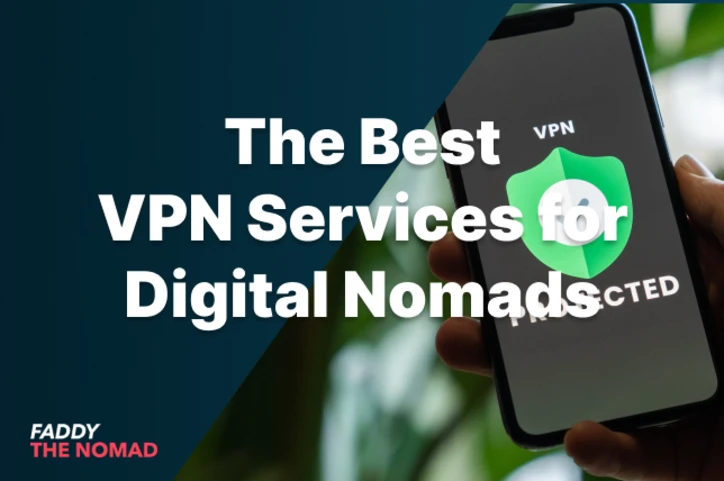
The 7 Best VPN Services in 2023 for Digital Nomads
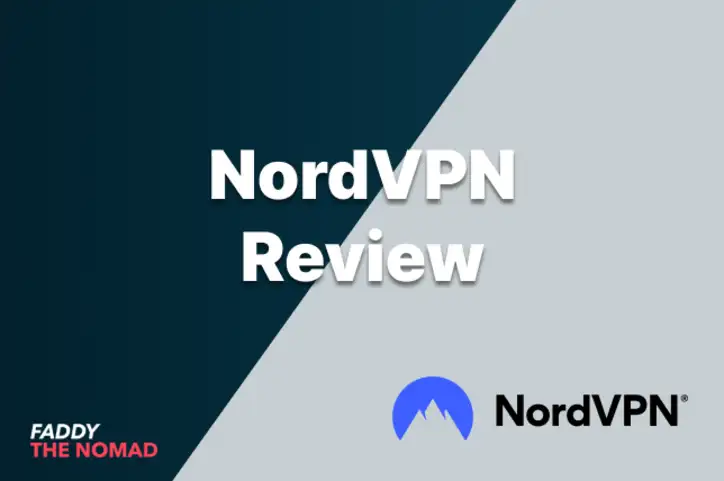
NordVPN Review 2023: Is It Worth The Hype?
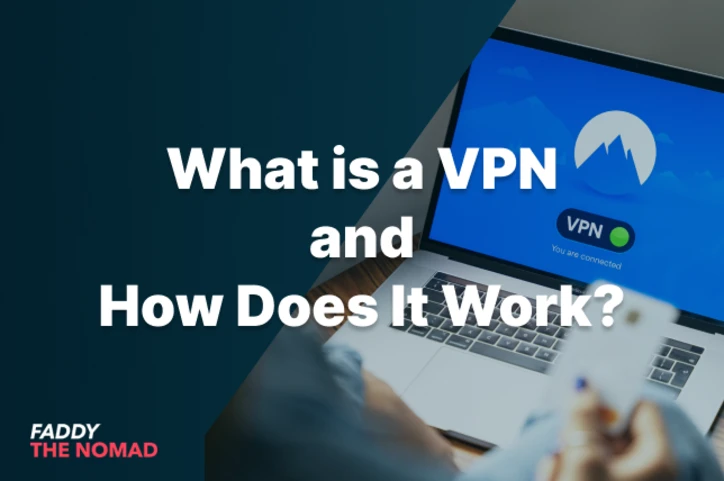
What is a VPN and How Does It Work?
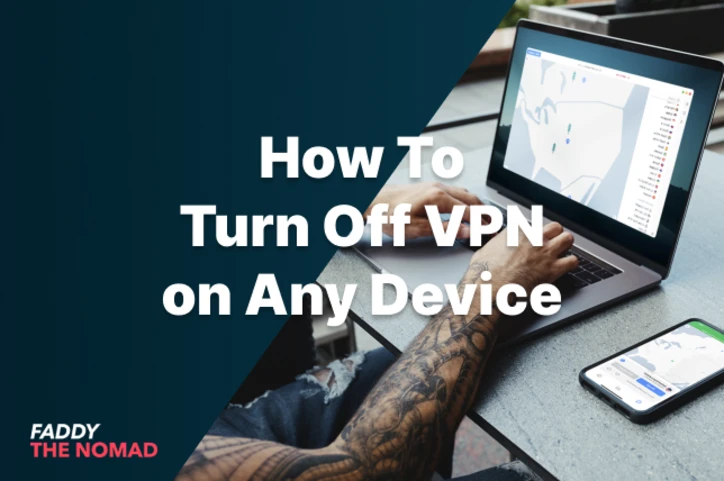
How To Turn Off VPN on Any Device
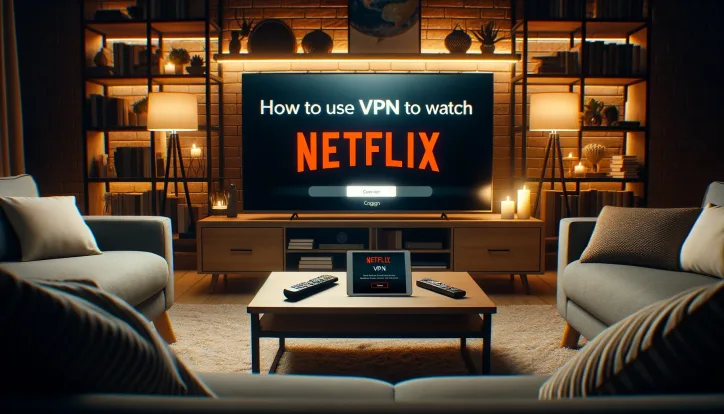
How to Use Netflix with VPN: Guide for Nomads & Travelers

What is a VPN on iPhone: Why You Absolutely Must Have One

What Does a VPN Hide? Answer: Most Things But Not Everything
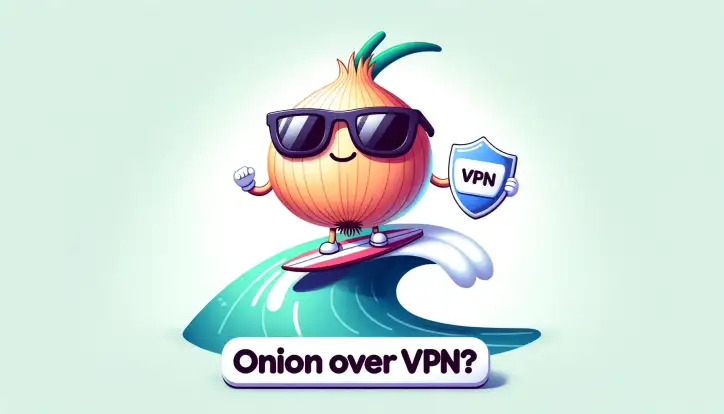
What is Onion Over VPN: The Ultimate Online Protection?

How to Use VPN on Xbox: An Easy Step by Step Guide
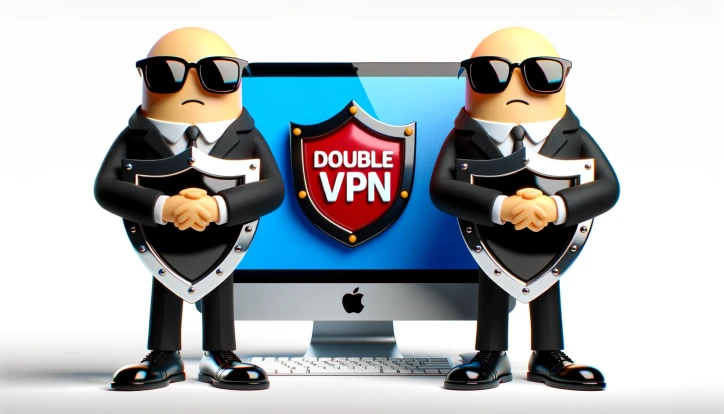
What is Double VPN? A Comprehensive Guide for Beginners

What is P2P VPN: A Comprehensive Guide for Digital Nomads

Why Use a VPN at Home: Top 7 Reasons You Didn't Know About
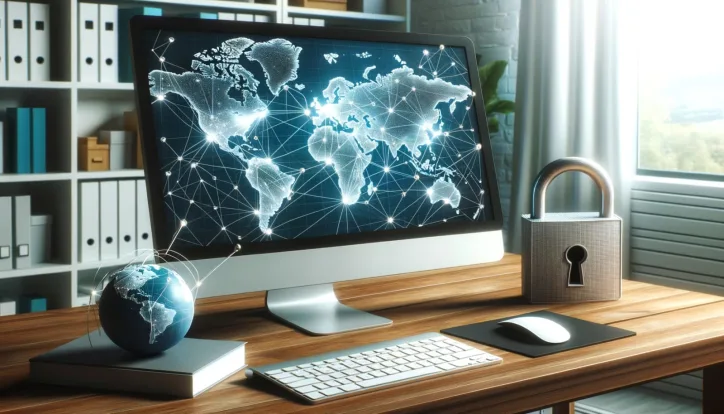
How Secure is a VPN: An In-Depth Analysis

What is a VPN Router? A Beginner's Guide

How Do I Know My VPN is Working? Here's How to Check

How to Use a VPN on a School Chromebook: Step-by-Step Guide


